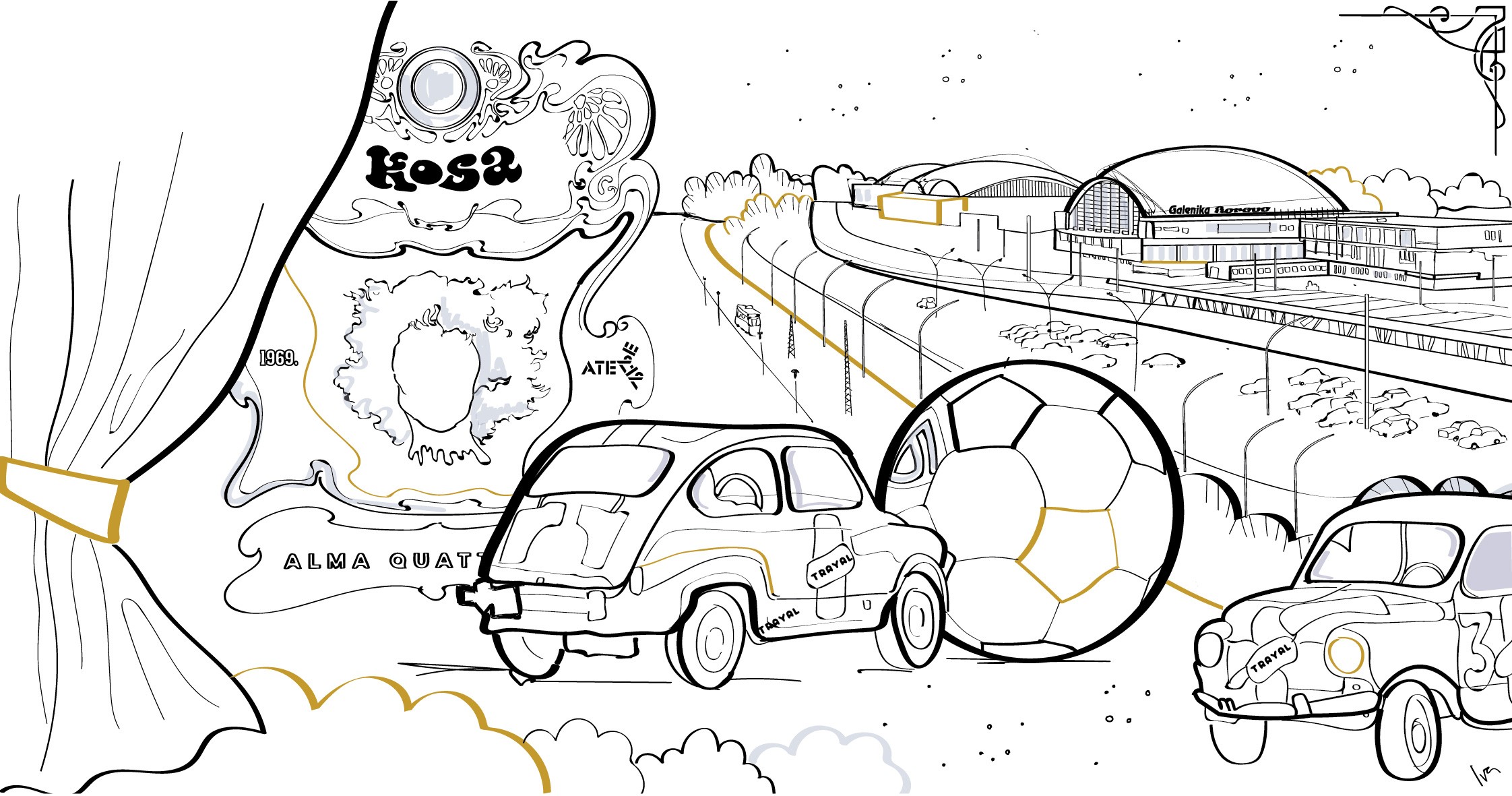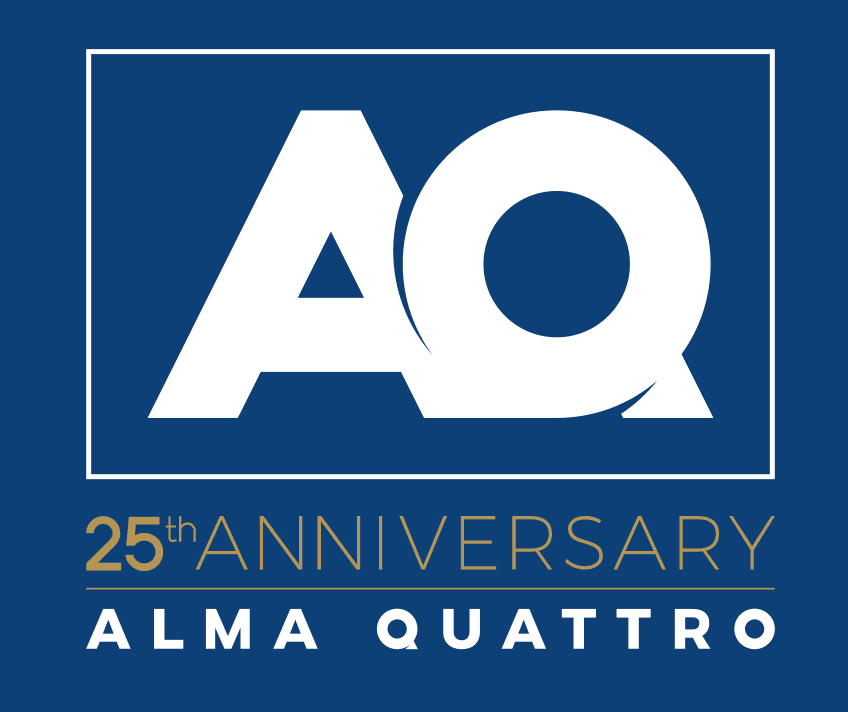
Copyright: Illustrator Iva Kujundžić
“FIĆAS” PLAYING SOCCER
BELGRADE
SERIAL: OOH DEVELOPMENT IN SERBIA - PART 4
Created: Aug 7, 2019
After the Second World War, with a drastic change of the social system, the appearance of the capital city also changed. Among other things, propaganda became the basic mechanism of communication with people, first politically and later commercially, with the growth and development of industry countrywide.

After the war, like in Pushkin’s fairy tale about a golden fish 2 , the restaurant Albania became a palace. “Velika lutrija” (Grand Lottery) had its posters between the floors of this palace, and there was an advertisement, a prize, between every floor.
Of course, only if you pay a lottery ticket.

And the surfaces between the floors of other buildings were “decorated” with illuminated advertisements, most often with the logos of biggest state-owned enterprises.
Advertising on façades was alive and kicking.

As the King’s Old Fair ground was not serving its purpose any more, the magnificent complex of today’s Belgrade Fair was constructed with numerated halls. The Belgrade Fair had the capacity to meet the demands of the federal state for national and more and more frequent international events. As always, where there are people gathering, there are advertisements as well and, therefore, domestic enterprises spent significant portions of their marketing budgets for the events related to sports and economy, through sponsorships. Both marketing and advertising were the categories of the state interest, closely related to the economy.

Enterprises that took part as exhibitors or sponsors in the events got the value owing to the advertising structures made on the spot, branded posters, banners, and advertising panels that enabled visibility to attendants and visitors directly as well as indirectly.

The additional i.e. the biggest value was that the advertising material could be seen during television broadcasts or on photographs taken for daily newspapers. Some photographs are still the testament of such investments, like this one on which we can see that Yugotours sponsored the world swimming championship.

After the Marakana stadium had been built, JAT wisely rented the space to display its logo.
There were only few television channels and the editing and broadcasting of TV programmes were the matters of the centralised decision-making. If you broadcast something on television, the population would certainly watch and see it. Media planning as we know it today was not even an abstract noun then.

On Tašmajdan Stadium one of the most bizarre sporting events was held - an auto ball game with Fićas “Fićas playing soccer”. If you look carefully, you will notice that the ball was branded by “Robna kuća Beograd” (Department Stores Belgrade).

The most defiant is perhaps Skadarlija, where even today, like in this photograph from 1979, there is the same pre-war advertising column with pasted posters. Some things simply never change.

In the theatre “Atelje 212”, “Hair”, a rock musical, had its premiere in 1969 accompanied with an advertisement in 21 Svetogorska Street. Many years later, Atelje’s advertisement of the cultural event moved to Alma Quattro’s media, within the long-term media partnership with this monument of culture.

In 1972 Belgrade welcomed the second FEST under the slogan Brave New World and the ambitious OOH structure on Republic Square was constructed for that occasion.
Note: We are very grateful to the administrators of Facebook pages “Stari Beograd kojeg više nema” (Old Belgrade) and "Crno-beli Beograd" (Black and White Belgrade) for their rich archives of photographs that visually enriched this article.
Would you like to find out more? Continue reading...

